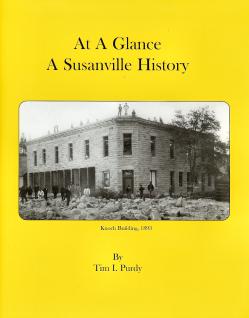 At A Glance:
At A Glance:
A Susanville History
By Tim I. Purdy
8×11; 207 pages, illustrated, index, hardcover,
ISBN: 0938373-22-6,
Price $39.95
Out of Print
Susanville has undergone many changes since that fateful summer of 1854 when Isaac Roop and Company built a trading post on the Nobles Emigrant Trail there.
This is a unique evolutionary history of how Susanville has come to be. There were two significant events to have the most profound impact-fire and the railroad. During the latter 1880s, fire was a persistent problem. In 1893, the town’s entire business district was leveled by fire. Yet, its residents would endure several more blazes until 1900, when the took the matter under control to form the municipality of Susanville as a means to provide fire protection.
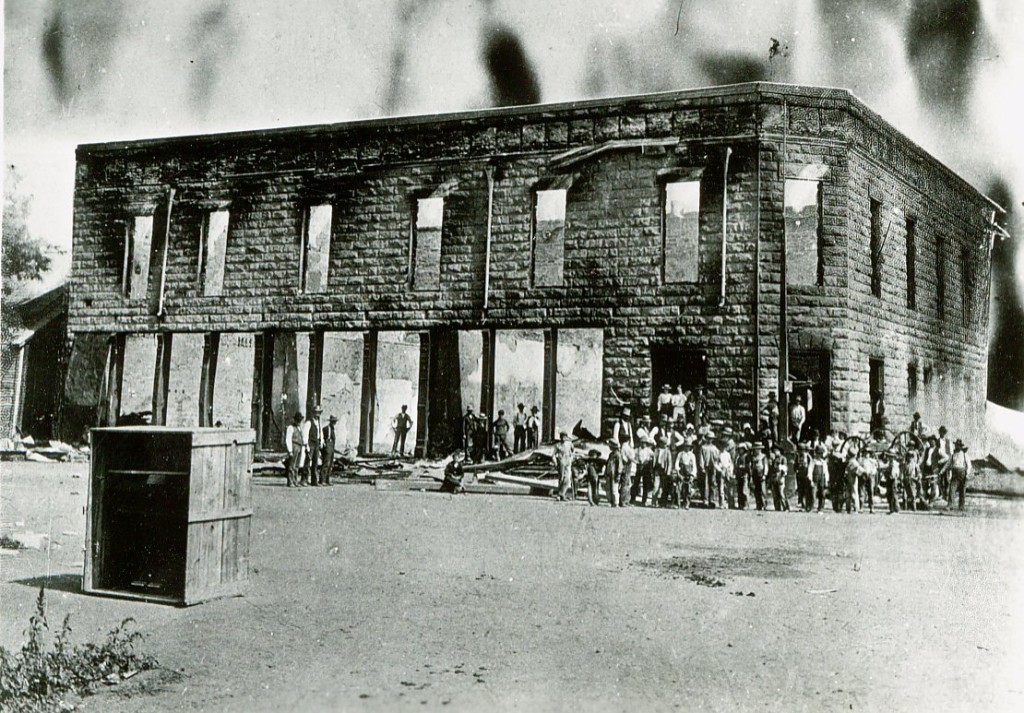
Initially, after the City was created, it struggled to provide services, as it had no operating revenue and Lassen County did not help the situation. By the time the City was functioning, the railroad had arrived in 1913.
In several years, E.V. Spencer’s “Sleepy Hollow” as he called the community without a railroad, was transformed into a major lumber manufacturing center with the mills of Lassen Lumber & Box Company and Fruit Growers Supply Company. Years later, two more mills were established the Paul Bunyan Lumber Company and the Susanville Logging Company. In the 1950s, with the decline of the lumber industry eminent, the prison movement was established.
The lumber industry brought prosperity to the region as witnessed by nearly a dozen housing subdivisions surrounding the community, as well as three new schools in three years!
Yet, even before the railroad and the mills, Susanville’s business district was going through its own transformation. The City was instrumental in its passage of controversial Ordinance No. 17 in 1902 that prohibited the construction of wooden buildings in the town’s business district, as a fire preventive measure.
This and other ordinances did not please certain factions in the City. The 1920s saw the City’s first recall election of Trustees Breitwieser and Mathews concerning the paving the streets and cement for sidewalks. There was the underlying issue of gambling that these two men were in favor for as a means to finance City operations. Since the arrival of Prohibition the City lost one-quarter of its revenues from liquor licenses.
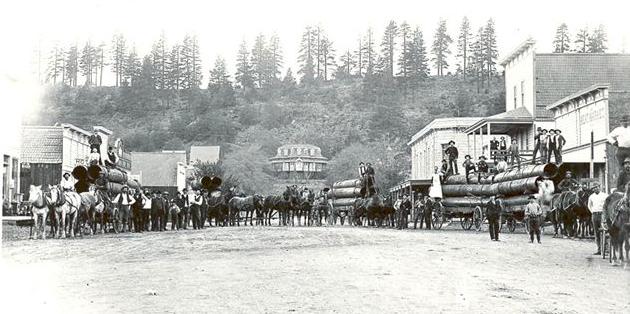
While the 1920s roared, the 1930s were far from being dull. One of the pinnacle issues was that of sky high electric rates of the Republic Electric Company. The Lassen County Chamber of Commerce pushed the issue to form a public utility district-Lassen Municipal Utility District. The election for its creation and subsequent operation is a most interesting chapter in the City’s history-after all, the City attempted to take over the Republic Electric Company at the same time.
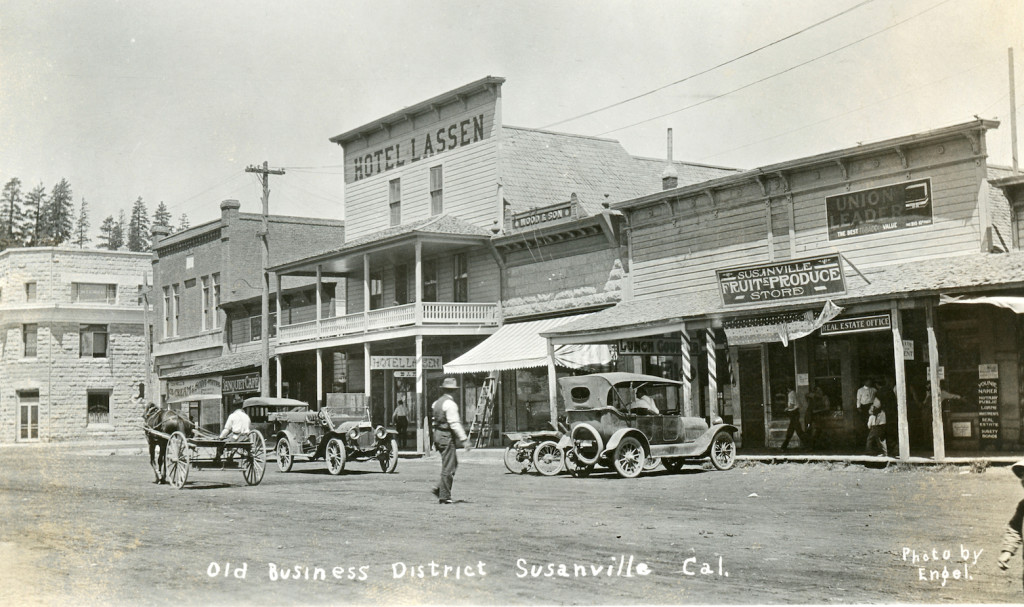
By the time Word War II arrived the issues of Lassen Municipal Utility District had been resolved, only to be replaced with new problems. The crime rate from the construction of the Sierra Army Depot at Herlong, forced the City to finally increase its police department, to three! The City Jail, on the other hand was woefully inadequate. The post was years brought with it a housing boom. This time too, fire placed another pivotal role in the development of the City. Those fires, in 1947, led to a Greater Susanville through numerous annexation efforts and now the City limits extended from Weatherlow Street all the way to Fairfield .
There are several chapters devoted to other aspects of the community. One chapter provides a brief history of the churches and schools. Another examines a variety of recreational aspects as to how the residents amused themselves over the years. And finally a third chapter explores the extremes in weather the area witnessed such as the flood of 1938.
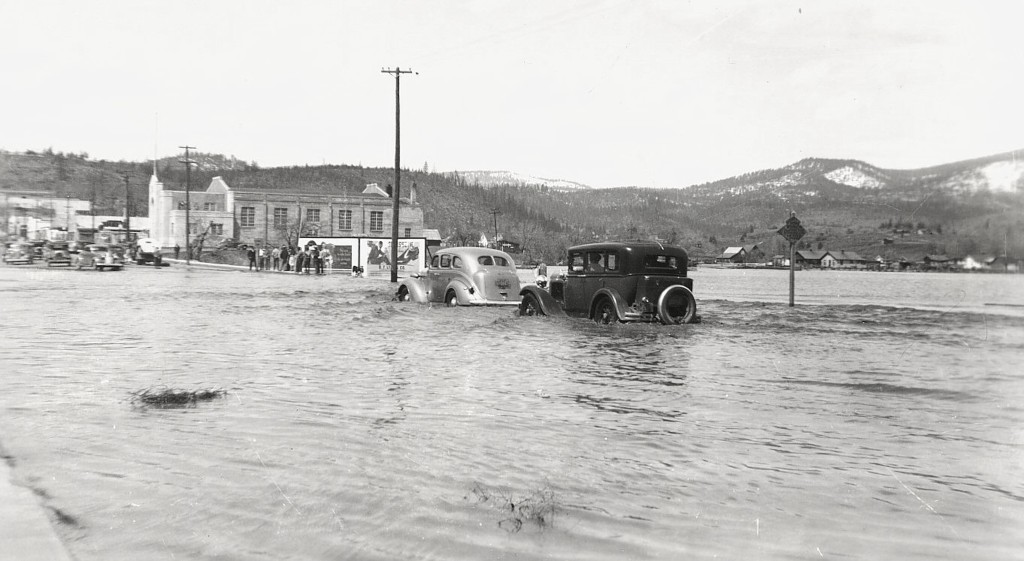
This fact filled volume covers a lot of territory and interspersed is a lot of interesting trivia, such as the City’s establishment of a speed limit of eight miles per hour in 1902, though the first automobile did not appear on the City’s streets until 1903.